In today’s age of plastic manufacturing, efficiency, lightweight products and cost saving processes are paramount. One such ground breaking process which can accomplish these goals is Foam Injection Molding. It is a modern Plastic injection molding method as far as plastic injection molding technology goes which was growing steadily in recent years and have low density applications in truck and automotive industry, furniture, pallet boards etc.
It can reduce material costs while constructing more solid parts for their applications. During the design phase of foam injection molded components, fillers (usually thermoplastic pellets or chemicals) are combined with the base resin in order to start the foaming process before the 2-part mold is filled along with part geometry.
How Foam Injection Molding Works
It is similar to traditional injection molding with the addition of a foaming agent that causes the melt to foam as it fills the part. This creates a structure of microcellular foam inside of the part, which essentially makes plastic pellets into an end-use component, creating lightweight high strength parts. When used for high-strength structural parts it is often called structural foam injection molding.
Step 1: Material and Foaming Agent Selection
Common plastics used in foam injection molding are Polypropylene (PP), ABS, HDPE, Polystyrene (PS) and Polycarbonate (PC). A foaming agent is added which might be:
- Chemical Blowing Agent (CBA): Decomposes to release gas during heating.
- Physical Blowing Agent (PBA): Gas such as nitrogen or CO₂ injected directly into the molten polymer.
Step 2: Melting and Gas Dissolution
Polymer and foaming agent are melted in the injection molding machine. In physical foam injection molding, the gas is dissolved at high pressure under equalized conditions and expanded by expanding once injected into mold cavity to form a foamed core inside an injection molded foam article.
Step 3: Injection and Cooling
The molten polymer-gas mixture is injected quickly at low pressure control. The outer surface cools and solidifies rapidly while the inner core keeps foaming to form parts of high stiffness, extremely light weight as characteristic in structural foam injection molding. Uniform and efficient cooling by design results uniform foam structure, minimum warpage and superior surface finish.
Types of Foam Injection Molding
There are mainly two types of Foam Injection Molding processes in the industry as follows:
1. Chemical
Chemical blowing agents are used to produce microcellular injection molded foam structures. Products made using this process have a relatively low strength and it is commonly used in foaming injection molding for consumer products and furniture.
2. Physical
Also known as gas-assisted injection foam molding, nitrogen or CO₂ is injected into the molten plastic. Suitable for large, rigid parts with tough outer skins. Physical foaming is primarily used in structural foam injection molding for industrial and automotive parts needing extreme strength and toughness.
3. Structural
It is a modified form of Injection Molding that results in thicker walls, without the visual defects. Structural Foam Injection Molding is ideal for producing components such as:
- Automotive body panels
- Equipment housings
- Industrial containers
- Pallets and bins
- Furniture parts
4. Microcellular Foam Injection Molding (MuCell Process)
Uses supercritical fluids to form ultra-fine and consistent foam cells. Reduces material usage and cycle time. Common in laptops, automotive trims, and medical device housings.
Applications of Foam Injection Molding
It is so versatile that it can be used in the multitude types of industries and some incur the examples include, It is highly versatile, multi-purpose method to form lightweight, durable and cost-effective products.
1. Automotive Industry
Furniture and home appliance manufacturers employ foam injection molding for the production of sofa cushions, chairs, tables, mattresses, refrigerators, microwave ovens, blenders and other products.
2. Furniture and Home Appliances
It can help in the production of strong and light weight components used in furniture such as chair bases, table legs etc as well as in appliances including their housings and refrigerator panels. Some of the best known foam injection molding suppliers are recognized for providing high quality parts which are not just durable but also fully reliable.
3. Construction and Building Materials
Wall panels, insulation boards, pipe fittings, utility housings and safety barriers are made by process of foaming injection molding.
4. Industrial Equipment and Heavy Machinery
Machine bases, equipment guards, control housings and tool casings are typically manufactured using structural foam injection molding. Structural foam molding produces lightweight but very strong injection molded parts that offer additional cost savings through material reduction and increased design performance.
Advantages of Foam Injection Molding
- Lightweight and Strong: Durable injection molded foam parts using less material.
- Cost-Effective: Reduces manufacturing costs with less polymer and energy usage.
- Design Flexibility: Suitable for intricate shapes and large parts.
- Dimensional Stability: It reduces shrinkage, warpage and dimensional changes that can occur with some plastics during the cooling process after they have been molded.
- Sustainable: Parts built with our technology require less raw material since there is no need for support structures as in other additive manufacturing technologies.
Conclusion
It has revolutionized plastic part manufacturing by making lightweight, tight tolerance, and cost effective injection foam molded parts. Be it structural foam injection molding, gas assisted or by other chemical or physical methods every year more and more industries count on injection foam molding to do more with less with innovative, sustainable and high efficiency designs of superior lightweight plastic parts.
The foaming injection molding process is ideal for applications requiring higher stiffness or improved material usage in the production of complex geometries. With robotic assistance increasing output capabilities continue to prove that this trend of replacing traditional materials such as metal with plastic will not stop anytime soon for requirements in demanding industries such as automotive, construction commercial-grade furniture & industrial applications.

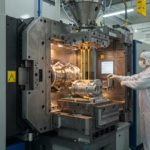
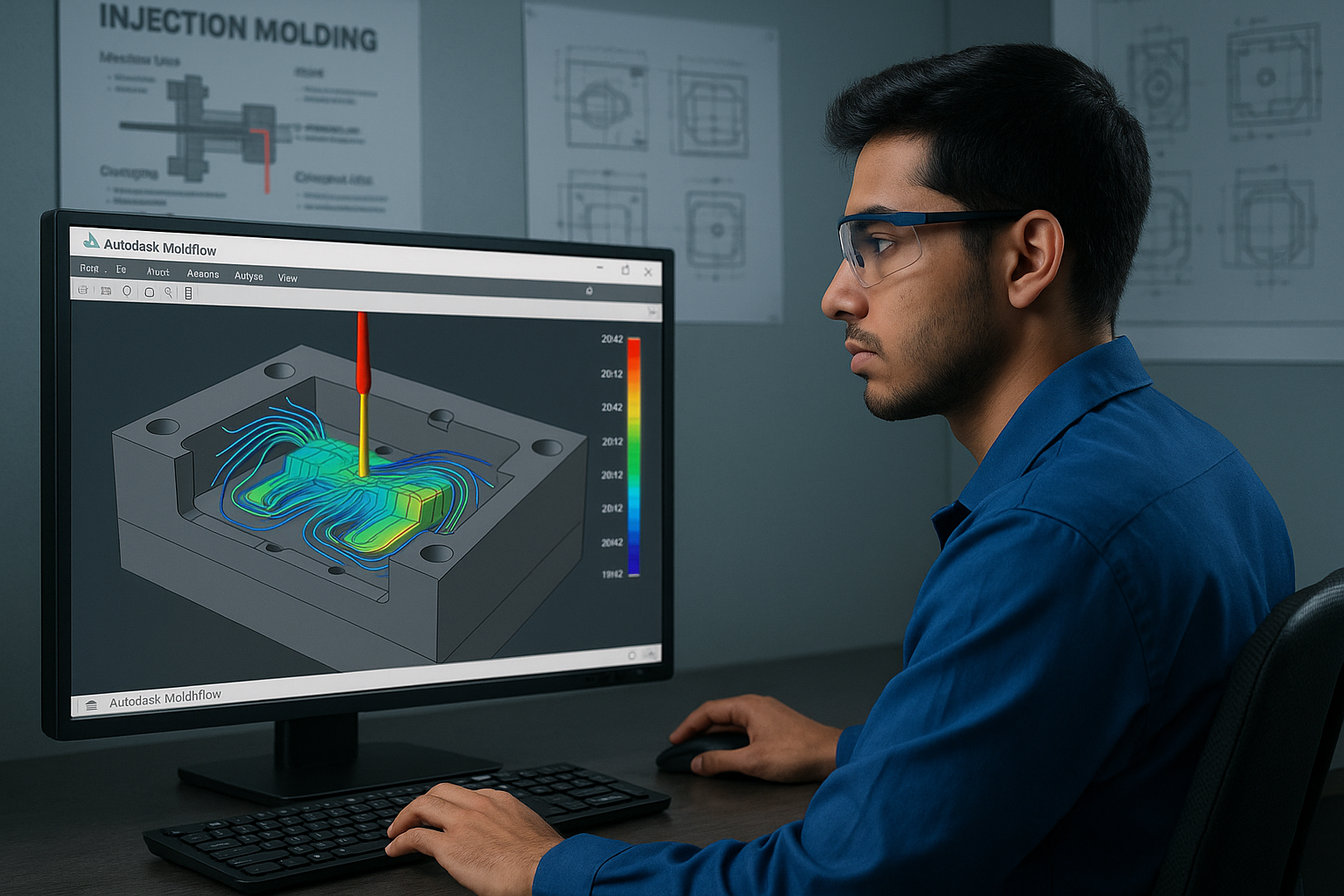
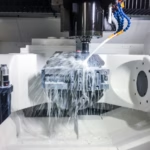
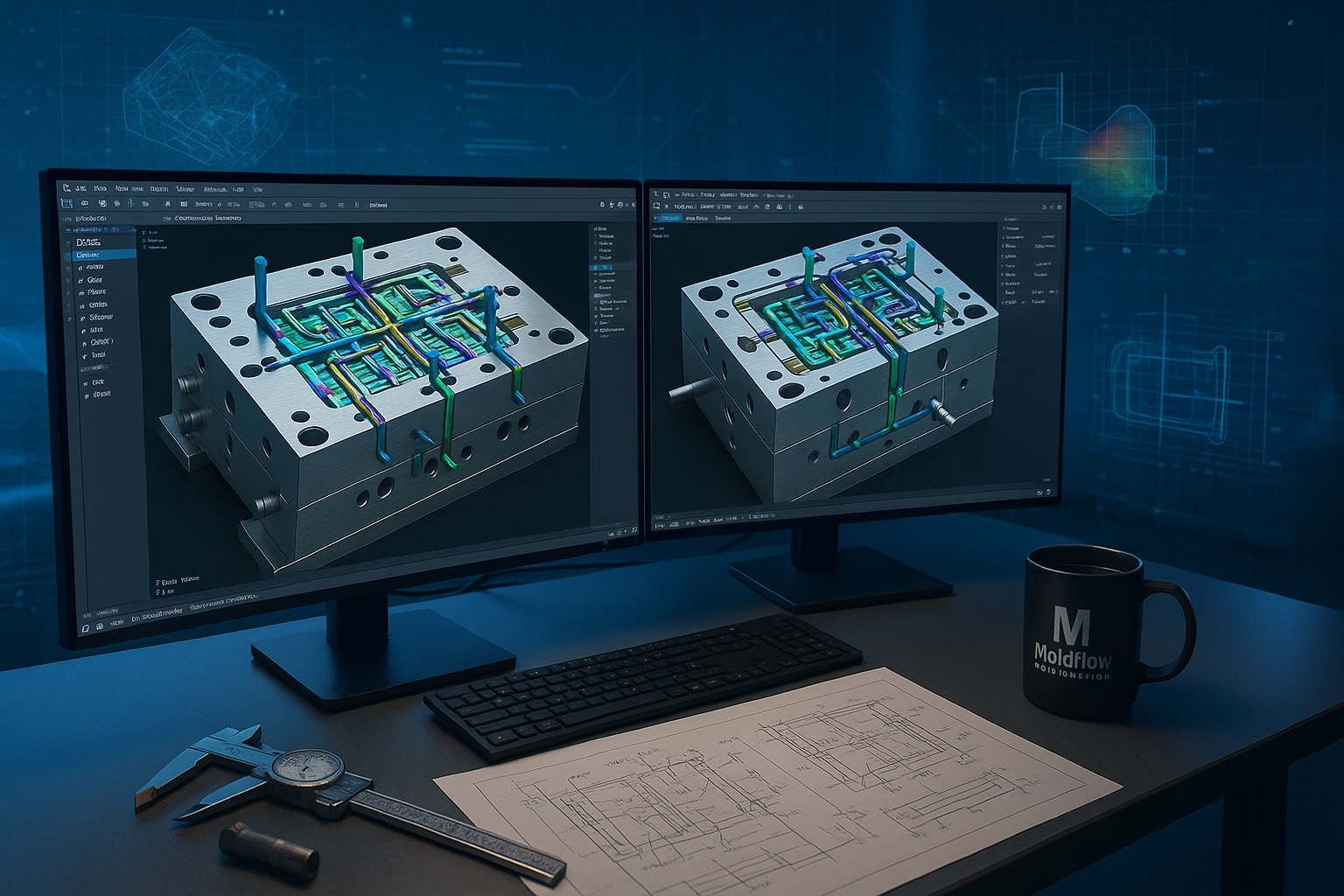
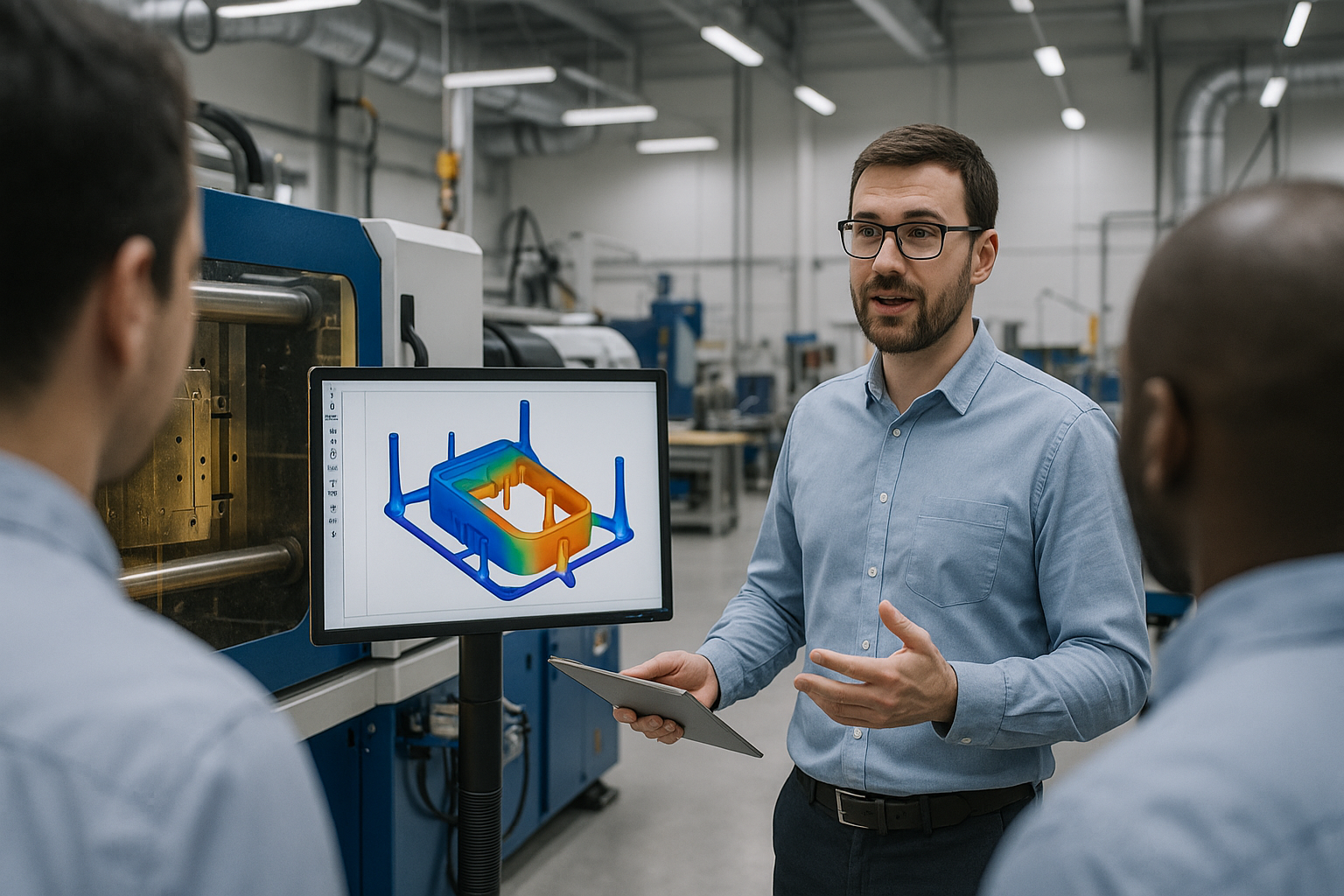
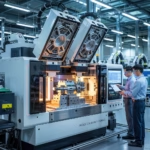
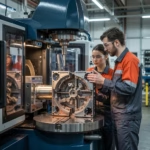
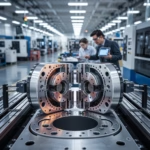
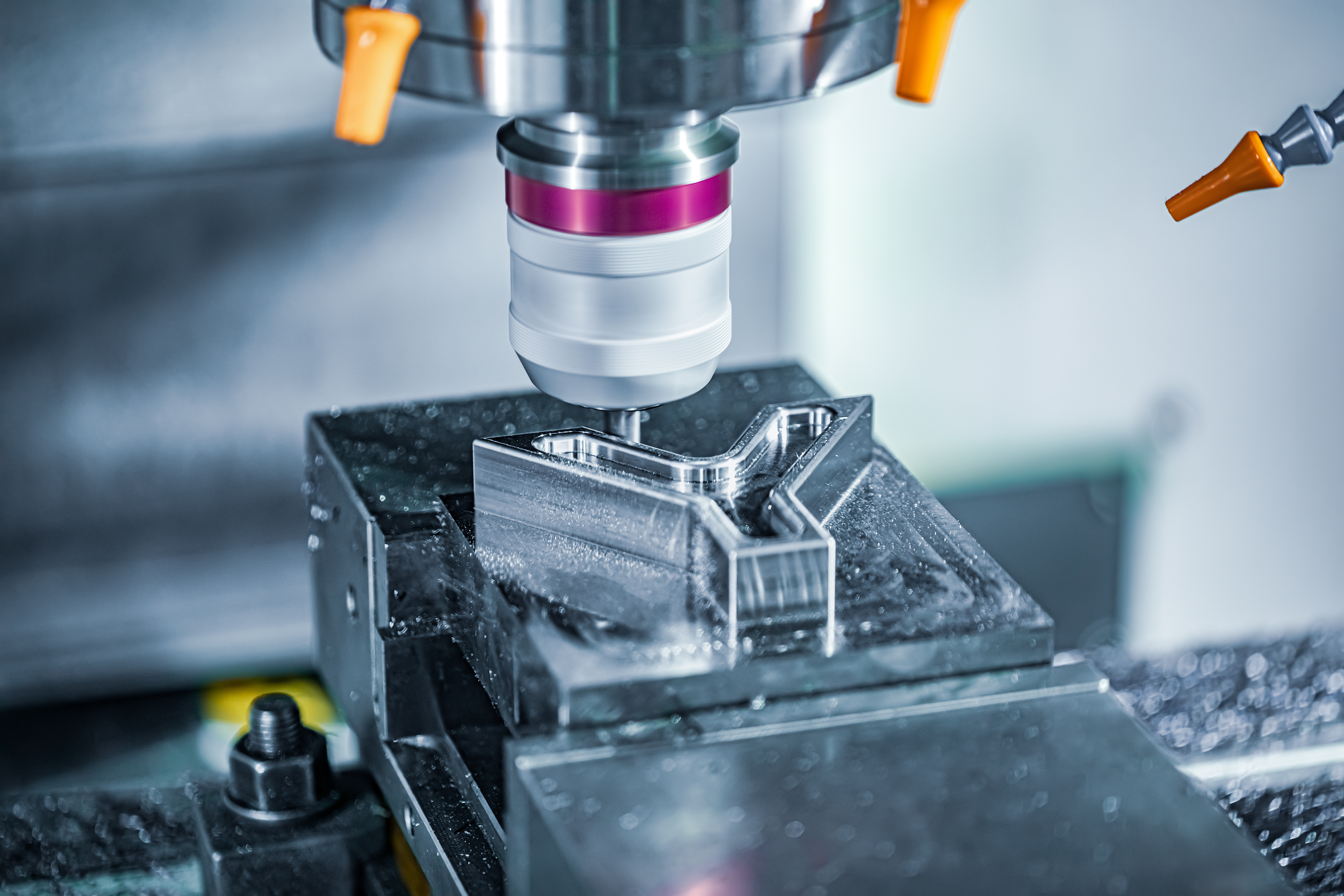
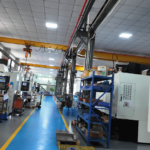
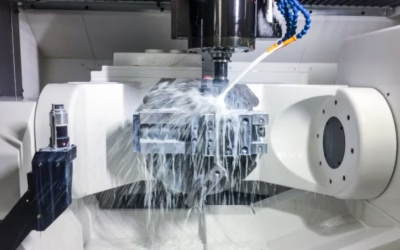
0 Comments